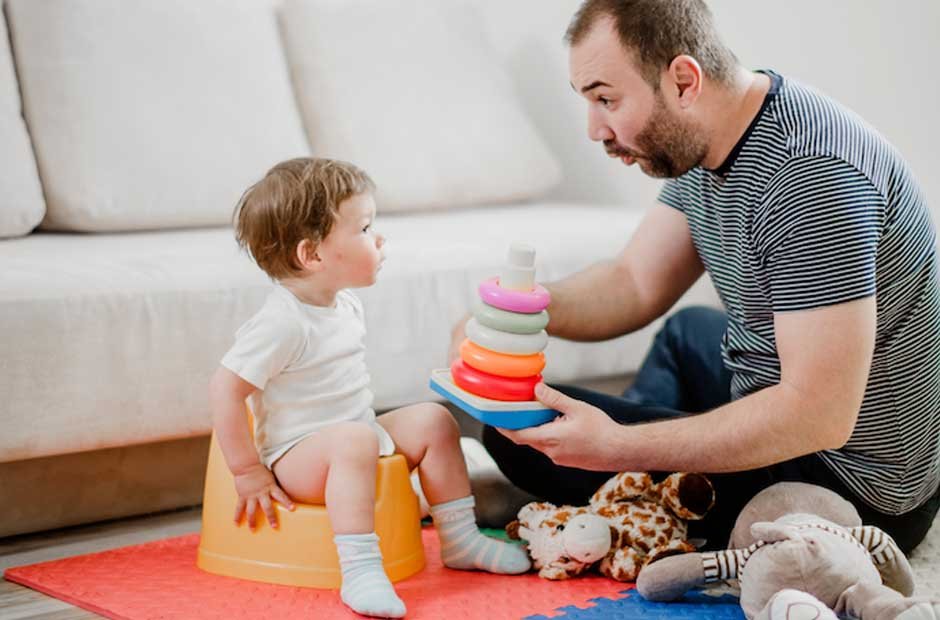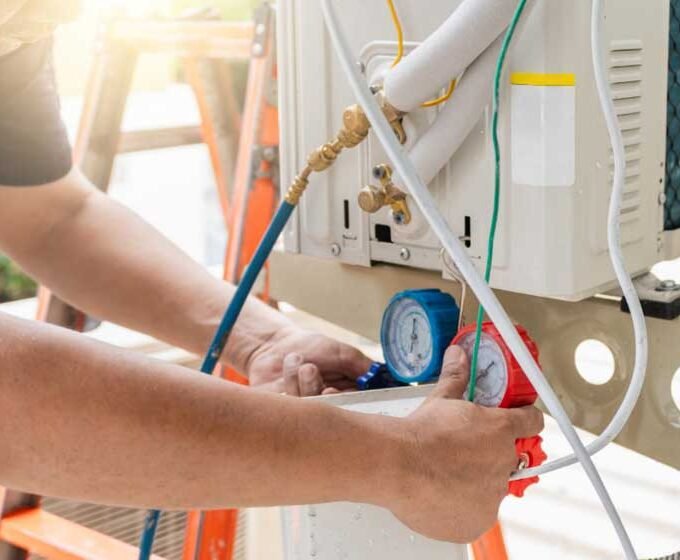Potty training is a significant milestone in a child’s life, and it can be a challenging process for many parents. When your child has autism, potty training may require extra patience and strategies to ensure a successful transition from diapers to using the toilet. In this ultimate guide, we’ll provide you with a comprehensive roadmap to help make the potty training journey smoother for both you and your child with autism.
1. Understanding Autism and Potty Training
Before diving into the practical steps of potty training, it’s essential to have a clear understanding of how autism may affect the process. Autism, or Autism Spectrum Disorder (ASD), is a neurological condition that can lead to sensory sensitivities, communication difficulties, and repetitive behaviors. These factors can influence potty training in the following ways:
Sensory Sensitivities
Children with autism may have heightened or diminished sensory sensitivities, making the feeling of wetness or certain textures uncomfortable. It’s crucial to consider these sensitivities when choosing training pants or underwear.
Communication Challenges
Many children with autism struggle with communication, making it harder to express their needs or discomfort. This can make it difficult for them to signal when they need to use the toilet.
Repetitive Behaviors
Some children with autism engage in repetitive behaviors that may interfere with potty training. For example, they might become fixated on flushing the toilet repeatedly, as a form of stimming. Read more on stimming and other repetitive behavior at Autism Parenting Magazine.
2. Preparing for Potty Training
Before starting the potty training journey, take the following steps to ensure a smooth transition:
Consult with a Pediatrician or Specialist
Discuss your child’s readiness for potty training with a healthcare professional, especially if your child has any medical concerns. They can provide guidance and ensure there are no underlying physical issues.
Choose the Right Time
Timing is crucial. Wait until your child is physically and emotionally ready. Typically, potty training can begin between the ages of 2 and 3, but this can vary for children with autism. Be patient and follow your child’s cues.
Create a Visual Schedule
Visual schedules and social stories can help children with autism understand the potty training process. Use pictures and simple language to outline the steps from entering the bathroom to washing hands.
3. Building a Supportive Environment
To create a comfortable and supportive environment for your child with autism during potty training, consider the following:
Choose the Right Equipment
Select a comfortable potty chair or a step stool to assist your child in reaching the toilet. Consider using training pants or underwear with soft, tagless material if your child has sensory sensitivities.
Establish a Routine
Children with autism often thrive on routines and predictability. Create a consistent daily schedule for bathroom breaks, so your child knows what to expect.
Use Visual Cues
Visual cues, such as a picture of a toilet, can help your child understand where to go when they need to use the bathroom. Place these cues in strategic locations around the house.
4. Potty Training Techniques
Now, let’s explore specific potty training techniques tailored to children with autism:
Behavior Reinforcement
Positive reinforcement is a powerful tool. Praise your child when they use the toilet successfully and offer rewards, such as stickers or a small treat. Create a rewards chart with visuals to track progress.
Consistent Language
Use simple and consistent language to describe the process. For example, say, “It’s time to use the potty” each time you initiate a bathroom break. Repetition helps reinforce the routine.
Sensory-Friendly Strategies
Take into account your child’s sensory sensitivities. If your child dislikes the feeling of toilet paper, consider using moist wipes. You can also offer sensory-friendly rewards, like a favorite toy or a comforting blanket.
5. Coping with Challenges
Potty training isn’t always a smooth journey, and it’s essential to be prepared for challenges. Here are some common issues you might encounter and how to address them:
Accidents
Accidents are a part of the potty training process. Be patient and avoid showing frustration. Use the opportunity to teach your child the sensations associated with needing the toilet.
Resistance
Some children with autism may resist the idea of using the toilet. Try to understand their concerns and fears. Using social stories or role-playing can help alleviate anxiety.
Regression
Regression is common, and your child may go back to using diapers temporarily. Stay calm and continue to offer encouragement and support. It’s a part of the learning process.
6. Promoting Independence
The ultimate goal of potty training is to promote independence. Here’s how you can help your child with autism become more self-reliant:
Encourage Self-Care
Teach your child to pull down and pull up their own pants and use the toilet paper. Encourage them to wash their hands independently, providing visual cues if necessary.
Use a Timer
If your child becomes fixated on using the toilet repeatedly, set a timer to limit their time in the bathroom. Gradually extend the time between toilet visits as they become more comfortable.
Transition to the Big Toilet
Once your child is comfortable with a potty chair, transition to the regular toilet. Use a child-sized seat reducer and a step stool for accessibility.
7. Seeking Professional Help
If you encounter significant challenges in potty training your child with autism, it’s essential to seek professional guidance. A behavioral therapist, occupational therapist, or speech therapist with experience in working with children on the autism spectrum can provide tailored strategies and support.
8. Celebrate Achievements
Remember to celebrate every achievement, no matter how small. Potty training is a significant milestone, and your child’s progress should be recognized and celebrated. Positive reinforcement and encouragement will motivate your child to continue their journey towards independence.
9. Stay Patient and Persistent
Potty training a child with autism can be a lengthy process, and it’s crucial to remain patient and persistent. Every child is unique, and progress may happen at their own pace. Continue to provide a supportive and loving environment, and your child will eventually succeed.
Final Thoughts
Potty training a child with autism requires understanding, patience, and flexibility. By tailoring your approach to your child’s unique needs and sensitivities, you can help them achieve this important milestone. Remember that every child is different, and what works for one may not work for another. Stay committed, stay positive, and celebrate every step of the journey toward independence. Your dedication will make a world of difference in your child’s life.
















